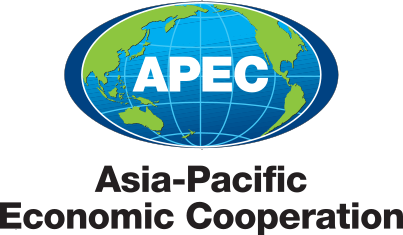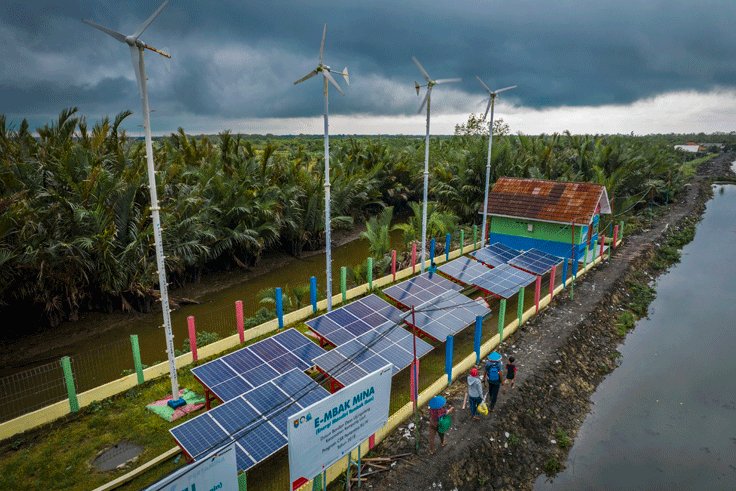About APEC

What is APEC?
The Asia-Pacific Economic Cooperation (APEC) forum, established in November 1989, is an economic forum composed of 21 Asia-Pacific economies, considered the most dynamic region in the world.
The objective of APEC is to promote greater prosperity in the Asia-Pacific region through the implementation of the so-called “APEC Putrajaya Vision 2020-2040” which identifies three pillars: trade and investment; innovation and digitalization; strong, balanced, secure, sustainable, and inclusive growth.
APEC fosters quality economic growth among its members, through economic and technical cooperation, human security, trade, investment, the digital economy, economic inclusion, and support for initiatives to improve sectoral public policies, among other initiatives.
Who makes up APEC?
- Australia
- Brunei Darussalam
- Canada
- Chile
- People’s Republic of China
- Hong Kong, China
- Indonesia
- Japan
- Republic of Korea
- Malaysia
- Mexico
- New Zealand
- Papua New Guinea
- Peru
- The Philippines
- Russia
- Singapore
- Chinese Taipei
- Thailand
- The United States
- Viet Nam

The importance of APEC
APEC is a valuable space to strengthen our ties with member economies as it allows Peruvian authorities, especially the President of the Republic and Ministers of State, to interact on equal terms with their counterparts from the other 20 economies.
It should be noted that for the global economy and for the region, the 21 APEC economies together accounted for 62% of the world GDP, 48% of global trade, and 38% of the planet’s population in 2022.
This forum promotes regional economic integration and competitiveness among its members as it serves as a catalyst for initiatives and an incubator of good practices for the improvement of public policies through cooperation projects.
APEC is constantly interacting with different regional economic integration processes such as the Association of Southeast Asian Nations (ASEAN); the World Trade Organization (WTO); the Regional Comprehensive Economic Partnership (RCEP); the Comprehensive and Progressive Agreement for Trans-Pacific Partnership (CPTPP); among others.
Operation of the APEC year
Each year, the economy that holds the APEC presidency organizes its meetings based on four large blocks of events, called SOM-Senior Officials’ Meetings.
At the end of the year prior to its APEC presidency, the economy hosts an informal kick-off meeting of the year called the Informal Senior Officials (ISOM).
The ISOM officially represents the launch of the APEC year and is the moment in which the motto and priorities defined by the host economy are revealed.
In addition to the SOM, it should be noted that during an APEC year, more than 160 events of different levels are held, culminating with the Meeting of Economic Leaders that brings together the heads of state and/or government of the 21 member economies of the forum.
Other related APEC events include sectoral ministerial meetings; committees and subcommittees; working groups and experts; meetings of the APEC Business Advisory Council (ABAC) and the APEC Business Summit, as well as national and international seminars, symposiums, and workshops for institutional capacity building.




